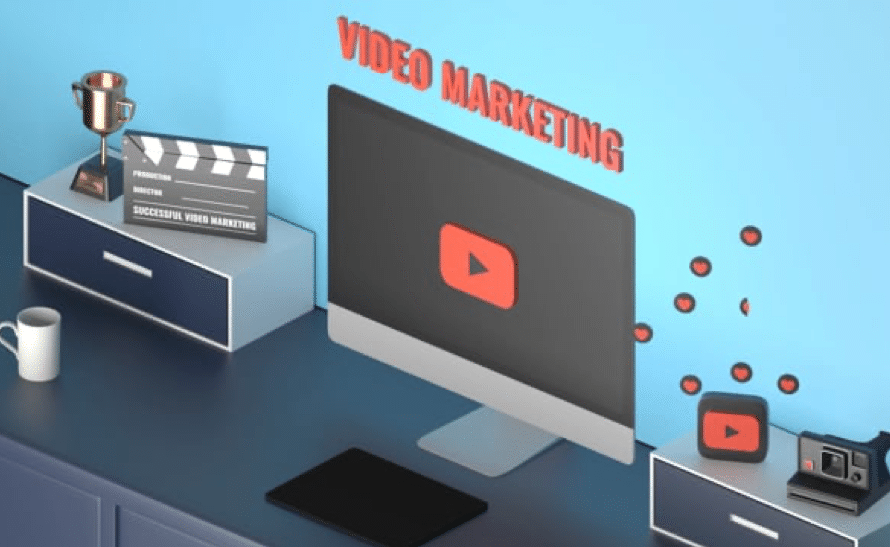There’s undoubtedly a widespread interest in native advertising among publishers and brands as a new way of reaching audiences with engaging content that brings more value to a reader than traditional ads.
According to Shareaholic, 70 percent of people want to learn about products through content rather than through traditional advertising—a statistic that further stresses the importance of quality content to building trust with and educating your audience about your offerings.
As native ads become a more valuable way to reach your customer base, questions about how to best execute and measure these campaigns effectively continue to arise. As of today, native ads are a mystery to most marketers since they’re such new media and are comprised of many different formats for publishers and brands to tackle.
Among native ads, sponsored content—when a business pays to have its name or message accompany a publisher’s story to promote its interests without appearing advertorial—has seen the most widespread use and success in its early days. It’s important to clarify how to best measure sponsored content campaigns in order for everyone to better understand their potential value to an organization and their impact on the audiences they can reach, especially now that the medium is continuing to gain traction.
Native ads come in many forms, but when it comes to measuring the impact of sponsored content, keep these metrics in mind:
Attention Minutes
Coined by Upworthy, attention minutes comprise one of the most important metrics to consider when understanding the value of sponsored content. By tracking engagement with both a page and its content, attention minutes provide deeper, more thorough insight than traditional measures such as unique visitors, page views, and time on page.
Clicks and social sharing aren’t bad measures of the success of a piece of sponsored content, but they don’t always highlight the satisfaction readers derive from a sponsored post or the depth of the experiences they had. For instance, an article can be shared and clicked millions of times—but if no one reads it, those metrics don’t mean much.
Attention minutes help solidify an interest in sponsored content for both publishers and brands, while also supporting the data supplied by other metrics that helps determine success. They can inform future content creation based on what drove traction from an audience, helping marketers make better decisions with native advertising.
Click-Through Rates
As pressure to standardize native ads (such as sponsored content) rises, many marketers look to traditional metrics to measure the impact of this form of advertising. The click-through rate (CTR) is still an effective way to measure the impact of sponsored content. By analyzing the CTR of links included in sponsored content, your organization can better understand if readers were compelled to review your company’s offerings on your own properties—and if your content was directly responsible.
Conversions
A conversion that’s driven by sponsored content doesn’t necessarily have to be a sale—it could also be a download, email subscription, or any other action that adds a lead to your CRM. After all, it’s unlikely that someone will be compelled to make a purchase and become a customer after consuming your sponsored content and visiting your site for the first time.
Analyze the conversions generated by your sponsored content to determine what actions this advertisement spurs within the publication’s audience. This data can help your marketing team identify patterns in behavior and proactively account for these actions in the future to help drive more quality conversions.
Social Sharing
When a user likes, shares, comments, tweets, or takes another action with your sponsored content, your organization can determine how often it was shared through social channels. Although such information provides you with feedback on what’s popular across the web, it’s important to not take social shares as the final indicators of the success of your content. Many businesses focus too heavily on these vanity metrics and, as a result, misunderstand the best ways to use the insights they glean as part of their greater measurement regimens.
Take the social sharing your sponsored content receives and measure it against the attention minutes each piece of content drove while considering clicks, conversions, and referral traffic as a part of the equation. This will help you determine how much of an impact your content made on readers or viewers. By analyzing the social shares your sponsored content generates, you’ll likely be able to see the brand lift achieved by leveraging a publisher’s brand equity. In other words, you’ll get a better idea of the trust you’re developing with customers by sponsoring content on a trusted publisher’s website.
Consumers typically trust a publication more than a brand’s communications because of publications’ editorial guidelines and lack of motivation to sell. Brands are able to leverage some of the trust built by a publication by sponsoring content on that publication’s website that both follows its editorial guidelines and connects with the themes and topics important to a brand’s messaging.
Review the sentiment of feedback provided by consumers when they’re sharing your sponsored content to better understand any brand lift.



